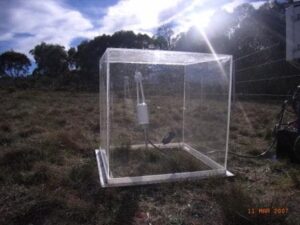Our laboratories are well equipped with a range of analytical instrumentation, isotope labeling and gas exchange equipment. In addition to our lab space, we make use of various on-site greenhouse and growth chamber facilities, and regularly venture into the field.
Capillary electrophoresis-mass spectrometer
Beckman-Coulter P/ACE MDQ interfaced to a Bruker Ion Trap mass spectrometer via Agilent sheath flow CE-MS sprayer. Applications include:
- CE-MS of cationic metabolites (e.g. amines, amino acids)
- Compound-specific isotope analysis (e.g. via isotope pool dilution)
- CE-MS of anionic metabolites (e.g. sugar phosphates & other “energy” metabolites)
- CE-MS/MS of peptides
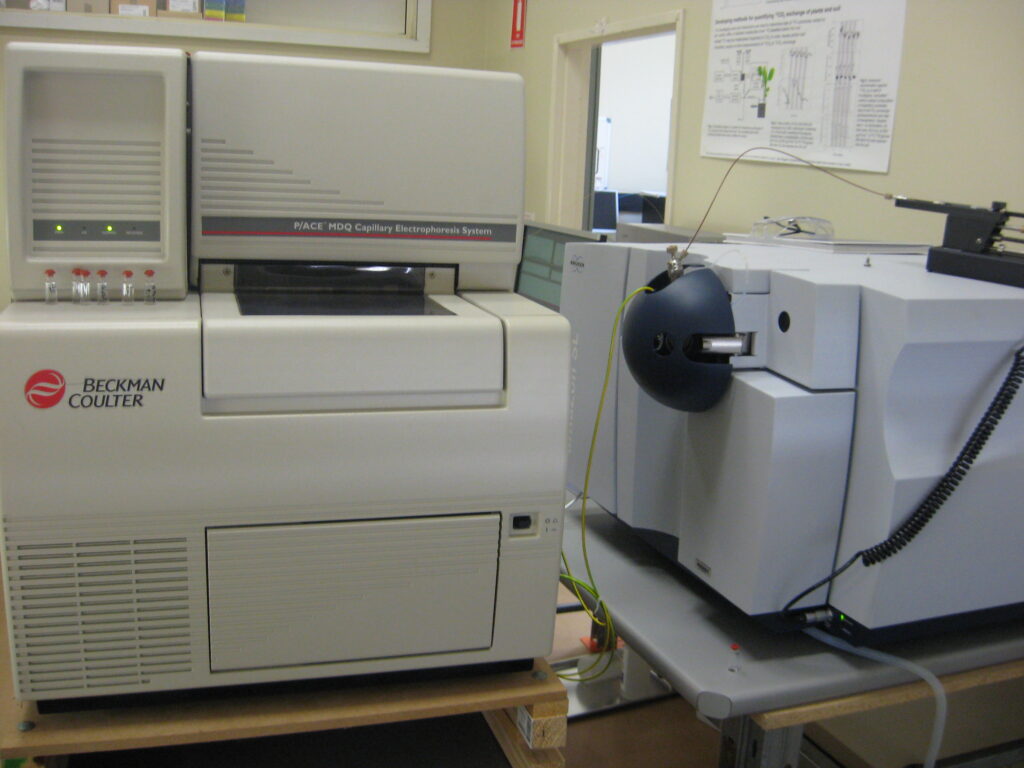
(Nano)Liquid chromatograph-mass spectrometer
We have a Dionex Ultimate RSLC Nano-LC that is typically interfaced to the mass spec via a Bruker captivespray nano source. The main application is analysis of intact lipids in plants and soil
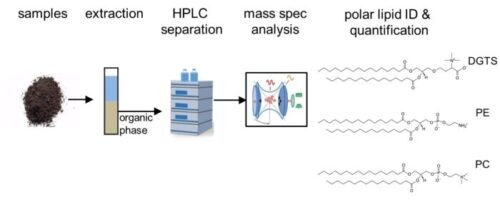
Gas chromatograph-mass spectrometer
Shimadzu QP2010plus GC-MS with EI, CI and NCI ionization. GC-MS applications include:
- Metabolite profiling (amino acids, organic acids, sugars, sugar alcohols, sugar phosphates, cyclic sugars etc.)
- Compound-specific isotope analyses
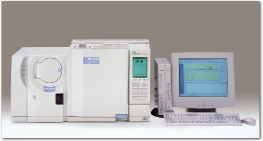
Tuneable diode laser (TDL)
Used for measuring the stable isotopes of CO2. The TDL is used for measuring the exchange of isotopes during photosynthesis and respiration by plants and soil.

Li-Cor LI-6400 gas exchange and fluorescence system.
This is used for measuring photosynthesis and transpiration of plants. It is field portable, but also spends a lot of time inside the lab and glasshouse.
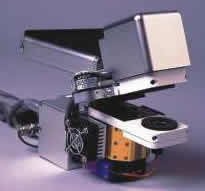
Li-Cor LI-8100 soil respiration system
We use the soil respiration system in the lab connected to micro/mesocosms, and in the field with a 20-cm roving chamber. Recent modifications mean that we can also measure respiration of soil covered by snow.
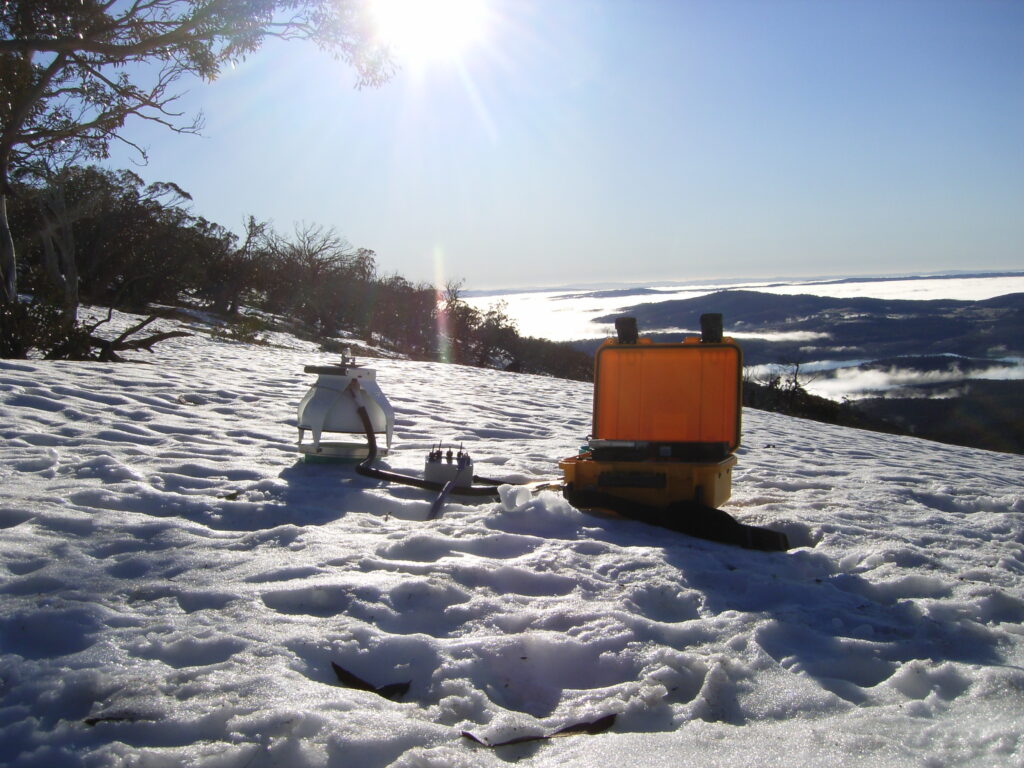
Portable gas exchange system
It is used for short-term measurements on grass/shrub ecosystems. It is being used to measure gas exchange of grass and shrub ecosystems, in particular their response to pulses of rainfall.
